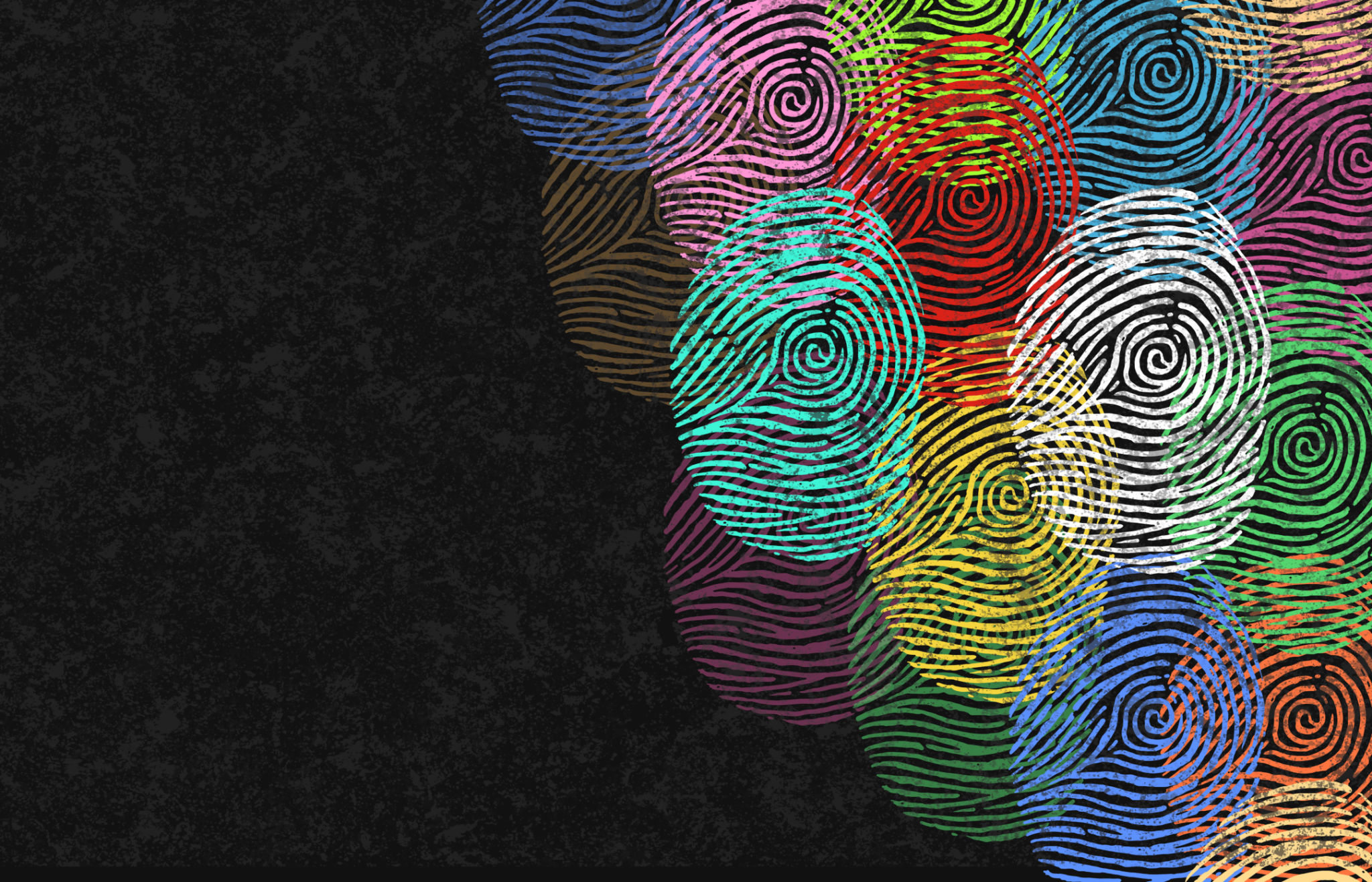The Importance of Viewing Young People as Community Resources
Recognizing Young People as Assets
Young people are often seen as the future, but it's crucial to recognize that they are also valuable resources in the present. Their energy, fresh perspectives, and adaptability can significantly contribute to community development. By engaging young people actively, communities can harness their potential to bring about positive change.
Involving young people in community projects not only empowers them but also instills a sense of responsibility and belonging. This involvement is essential to building a society that values diverse contributions and encourages collaboration across generations.

Harnessing Fresh Perspectives
Young individuals bring a fresh outlook to problem-solving, often thinking outside the box and challenging conventional methods. Their innovative approaches can lead to creative solutions that might otherwise be overlooked. Encouraging their participation in community initiatives can help in developing new strategies that cater to the needs of all demographics.
Furthermore, involving young people in decision-making processes ensures that their voices are heard and their concerns are addressed. This inclusivity not only fosters mutual respect but also results in more comprehensive and effective community programs.

Developing Skills and Leadership
Engagement in community activities provides young people with opportunities to develop essential skills and leadership qualities. By participating in real-world projects, they learn how to communicate effectively, work in teams, and manage resources efficiently. These experiences are invaluable as they prepare for future roles in the workforce and society.
Communities that invest in youth development programs see long-term benefits as these young leaders grow into capable adults who continue to contribute positively to their surroundings.

Fostering a Sense of Belonging
When young people are actively involved in their communities, they develop a deeper connection and sense of belonging. This connection helps reduce feelings of alienation and disenfranchisement, which are common among youth. By feeling valued and appreciated, young people are more likely to take pride in their environment and work towards its betterment.
A strong sense of belonging also encourages young people to volunteer their time and skills, further enriching the community. This cycle of engagement and contribution strengthens community bonds and promotes collective well-being.
Creating Inclusive Spaces
To view young people as community resources, it's crucial to create inclusive spaces where they feel safe and welcome. Encouraging dialogue between different age groups fosters understanding and collaboration. Communities should strive to eliminate barriers that prevent young people from participating actively in community life.
By embracing diversity and inclusivity, communities can tap into the unique talents of all their members, leading to a more vibrant and dynamic environment.

In conclusion, recognizing young people as valuable resources is essential for building resilient and thriving communities. By empowering them through active participation, skill development, and inclusive practices, we can ensure that they contribute meaningfully both now and in the future.
